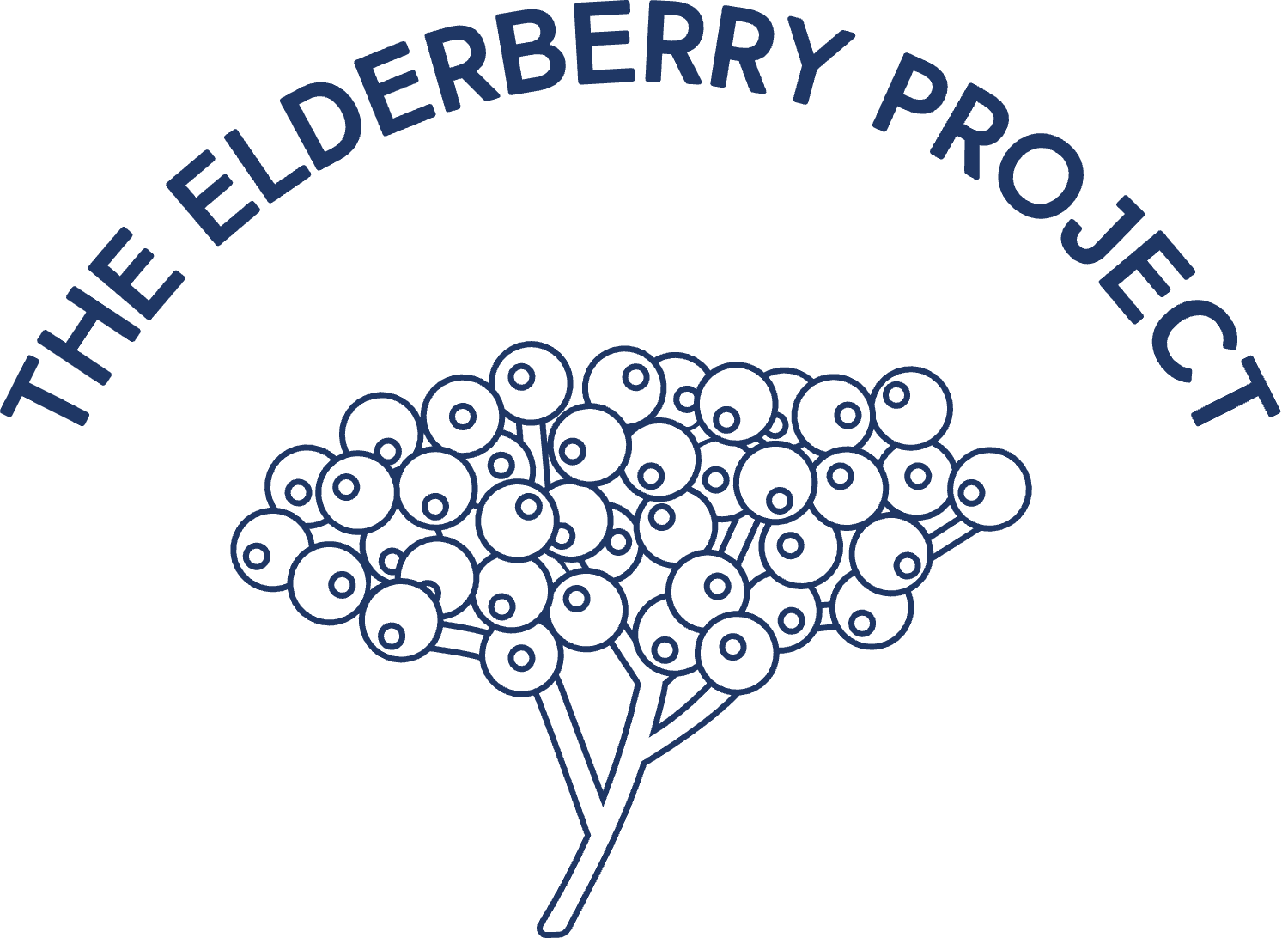Farmers
Diversify your income with this native plant.
We have already partnered with Orella Ranch, Wild Farmlands Foundation, The Santa Ynez Chumash Environmental Office and others to start growing this crop. We want to partner with you, too.
Thanks to a multi-year grant from the USDA Partnerships for Climate-Smart Commodities program, White Buffalo Land Trust and our community are actively developing a California market for the Western Blue Elderberry.
You can contact us for grant funding if you farm in Ventura, Santa Barbara, Los Angeles, Kern, San Luis Obispo, and Monterey counties.
(Even if you're outside these counties, we encourage you to reach out. You might still be able to participate in the growing marketplace we're creating.)
The grant offers incentive payments and technical assistance to plant Elderberries in the following ways:
-

Orchards
-

Hedgerows
-

Riparian buffers
GRANT SUPPORT
Key Support Services for Agricultural and Environmental Initiatives
Establishment and Maintenance Payments
Financial support for the initial setup and ongoing upkeep of agricultural projects or facilities.
Technical Design Assistance
Expert guidance in designing systems or structures to optimize functionality and efficiency.
Ecological Monitoring
Measuring carbon sequestration and other ecosystem services.
Farmer-Buyer Connections
Connecting farmers with interested buyers.
Local Processing Capacity Development
Working with brands to create a thriving regional market for the Western Blue Elderberry.
The Process
-

COMPLETE THE INTAKE FORM
-

SCHEDULE INTERVIEW
-

EVALUATION
-

WHEN APPROVED, ONSITE CONSULTATION
Frequently Asked Questions
-
Yes, especially with growers who have planted hedgerows. White Buffalo Land Trust is in touch with farms that have planted the Western Blue Elderberry in orchards in Southern California as well as in the Carmel area. UCANR, a partner in The Elderberry Project, has been working on the commercialization of the Western Blue Elderberry for several years and their work has catalyzed several growers to plant Elderberries.
-
Currently, the grant covers funding growers to plant the Western Blue Elderberry in Ventura, Santa Barbara, San Luis Obispo, Monterey, Los Angeles, and Kern counties. For producers in Kern County, it is important to discuss the Valley Elderberry Longhorn Beetle and its potential impact to see if planting makes sense.
-
There is preliminary yield data that was recently published as a part of a UCANR report. Information can be found in the links below:
-
It will depend on the maturity of the plant stock. White Buffalo Land Trust has experienced that one-gallon starts planted in the late Spring of 2019 bore fruit in the Summer of 2021.
-
It's going to depend on the microclimate of your ecoregion. Generally, the Western Blue Elderberry is ready for harvest between June and October. This window can vary based on genetic variability, growing region, and inter-annual variability.
-
We recommend sourcing healthy plants that are well-suited to your specific microclimate. This ensures they're adapted to your local conditions and will thrive. The Elderberry Project is establishing a nursery as part of our grant. We'll soon be able to provide high-quality, locally adapted plants. Stay tuned for updates!
-
White Buffalo Land Trust is also very interested in this question. It's no secret that most commercial fruit and berry production systems are designed with the production consistency that is "guaranteed,” but using select genetics. However, there are so many variables in that process, and the Western Blue Elderberry has not gone through that process yet. We encourage you to reach out to us at elderberry@whitebuffalolandtrust.org to let us know your thoughts.
-
Yes, the Valley Elderberry Longhorn Beetle is a pest that is attracted to the Western Blue Elderberry. More information can be found here.

